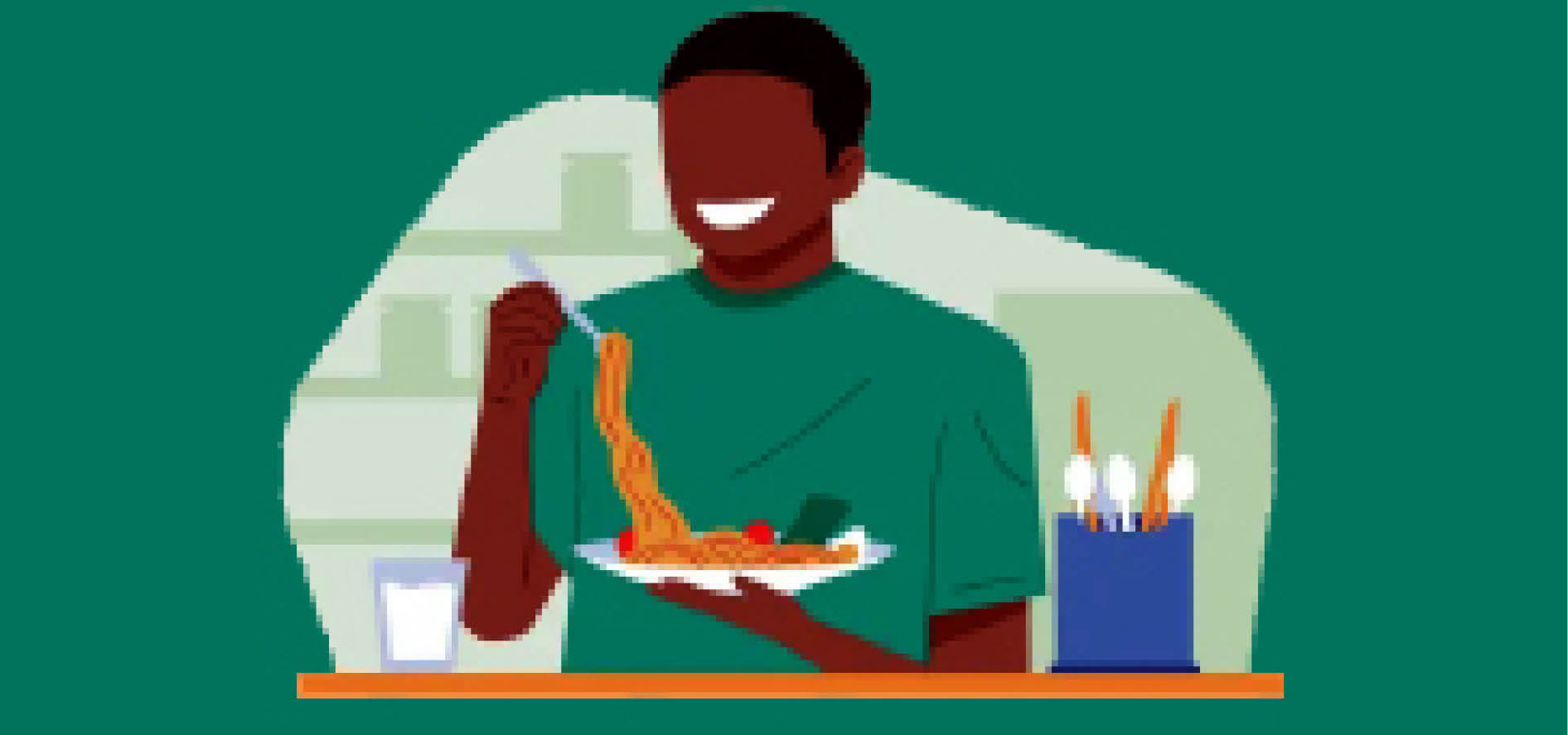Why You Should Eat Twice A Day
For years, experts have debated the frequency of eating in a day. Should we stick to the traditional three-square-meal a day or adopt a more wholesome plan? Some suggest that eating small portions frequently increases the metabolic process, thus aiding in weight loss. But is this really true? Researchers at the Institute for Clinical and […]

Why You Should Eat Twice A Day
For years, experts have debated the frequency of eating in a day. Should we stick to the traditional three-square-meal a day or adopt a more wholesome plan?
Some suggest that eating small portions frequently increases the metabolic process, thus aiding in weight loss. But is this really true?
Researchers at the Institute for Clinical and Experimental Medicine in Prague, Czech Republic, aimed to find out. They provided 1,700 calories to two groups of type 2 diabetes patients to eat within a day. One group was given two meals, while the other was given six. Although the amount of food was the same, the two-meal-a-day group lost an average of three pounds and 1.5 inches of their waistline compared to the group that ate six times.
While the amount of food we consume matters, Michael Mosley and Mimi Spencer argued in their book, ”The Fast Diet,” that the frequency matters more. Jason Fung also argued convincingly in ”The Obesity Code” that snacking between meals is the thief of weight loss gains. Even swishing a sugary drink in your mouth can make your body behave as if you’re eating and increase insulin levels, according to Gin Stephens in ”Feast, Fast, Repeat.”
How we are leveraging data to predict weather patterns — NiMet
Invincible Insurance stake unbeaten run as 2023 NPFL resumes
What is insulin, and what does it do?
Insulin is a hormone that takes sugar from the bloodstream and deposits it in the body’s cells. However, too much sugar in the bloodstream, resulting from excessive sugar and carbohydrate intake, can lead to insulin resistance, where cells stop receiving sugar from insulin, breaking down the delicate process.
Dr. Jason Fung argues that constantly eating increases insulin levels and may lead to chronic inflammation, as Dave Aspray added in his book, ”Fast This Way.” Thus, Fung advised against eating between meals and recommended fasting for about four hours after a meal.
In 2015, the U.K. Daily Mail reported on experts protesting against the traditional three meals a day. “Now, experts warn that eating breakfast, lunch, and dinner may be damaging to our health. There is no evidence that eating three square meals a day is beneficial for the body’s energy needs. In fact, skipping meals and fasting could be better for our health than sticking to rigid eating patterns.”
So, where did the three square meals come from?
The BBC attempted to answer that question in an article from 2012. “By the late 18th century, most people in towns and cities were eating three meals a day. By the early 19th century, dinner for most people had been pushed into the evenings, after work when they returned home for a full meal.”
But where does the term “square” come from?
Even that is a recent invention. “The origin of the phrase may come from the Royal Navy where meals were served on wooden square plates,” as reported by The News Lens. “In the past, hotels were also known to serve meals on square wood platters.”
Therefore, the three meals a day routine is a recent invention. Later in this book, you will learn how Ramadan fasting among Muslims reduces the risk of cardiovascular disease. Muslims eat twice during Ramadan: in the evening when they break their fast until they go to bed, and early in the morning before the dawn prayers.
But if you’re not in the month of Ramadan or have no desire for fasting, what should you do?
Author Michael Mosley also tells a story of how he triumphed over his struggles with overweight and pre-diabetes. He simply ate twice a day: breakfast and a light dinner. Within two months, he was out of the danger zone for diabetes and had lost a lot of weight in the process. You will learn more about this in the chapter on how intermittent fasting can help you lose weight.
In the chapter on how fasting helps you delay aging, you will hear the story of a man who remains perpetually young because he only eats twice a day: lunch and dinner. He doesn’t eat breakfast and looks the same age as someone 20 years his junior.
If you take one message away from this book, it is this: limit the amount and frequency of the food you ingest. Or even better, eat only when you are hungry. You will learn more about this in the chapter where I tell the story of what a stolen book taught me about eating only when hungry and its correlation with the eating habits of Prophet Muhammad’s (SAW) companions.
PS: This column is an excerpt from my book, “Why Should Eat Twice A Day.”
